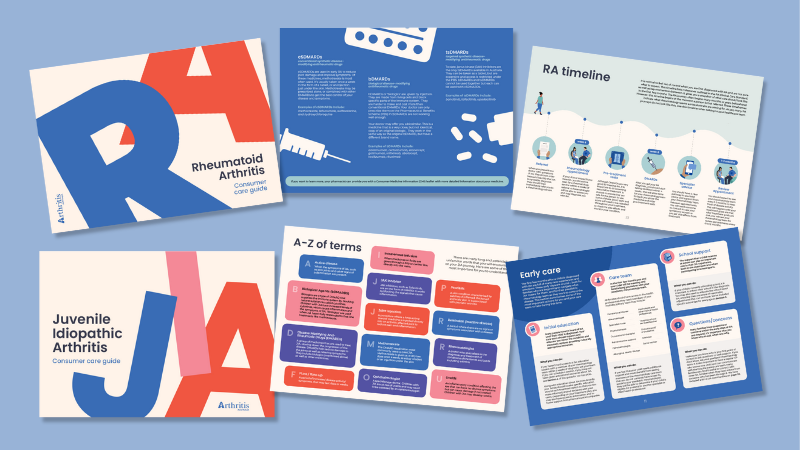Psoriasis Symptoms You Should Never Ignore
Psoriasis is known for symptoms you see on your skin, but this condition runs deeper than that. Psoriasis is an autoimmune disease that occurs when the immune system starts attacking healthy cells — usually skin cells — instead of targeting foreign bodies like bacteria and viruses.
This process can cause skin cells to turn over much more quickly than usual (a few days, instead of a few weeks), which creates psoriasis’s telltale scaly patches.
In most people with psoriasis, the disease goes through cycles, flaring for a few weeks or months, then subsiding for a time. It may also go into remission.
Psoriasis symptoms can vary from person to person and depend on the kind of psoriasis you have. Some people may have a few patches near their scalp or elbow; others can have patches that cover much of their body.
One key thing to know about psoriasis is that it’s not contagious. You can’t catch it by touching someone else’s skin plaques.
Here’s a look at the most common symptoms of psoriasis to be aware of.
Silver, scaly patches
What really sets psoriasis apart from typical rashes are the thick white or silvery patches that are the classic telltale marker of a type of psoriasis called plaque psoriasis. These plaques usually show up on the elbows, knees, and scalp, but they can appear anywhere on the body.
Small, red dots or lesions
This type of psoriasis looks very different from the silver plaques. Called guttate psoriasis, it may be set off by having a strep infection. It’s the second-most common type of psoriasis after plaque psoriasis.
Red patches of skin
This type of psoriasis is known as inverse psoriasis. These flat, red, shiny psoriasis patches usually make up a well-defined area that you could draw a line around, says Sandra Johnson, MD, FAAD, a board-certified dermatologist in Fort Smith, Arkansas. They usually occur in folds of the body, such as in the elbows, knees, or groin.
If they occur in your armpit, you may mistake them for irritation or even an allergic reaction to your deodorant. If these red lesions occur in your groin, you might think you have jock itch or an STD.
Patches on the scalp
People with milder cases of psoriasis located only on the scalp could mistake their symptoms for dandruff. The main difference in the appearance between dandruff and psoriasis patches is that dandruff is usually white, dry flakes; whereas psoriasis patches have a red or silvery sheen. Scalp psoriasis can make the skin crack or bleed and may lead to hair loss.
Blistery pustules on the body
Pustular psoriasis is less common than plaque psoriasis, but its symptoms can come on much stronger. Larger areas of the body are affected, and instead of scaly patches, patients will have flares of pustules. This kind of psoriasis can occur anywhere but often develops on the hands and feet.
An itching or burning feeling on the skin
Although psoriasis patches aren’t usually irritating, some people do report itchiness. “People who have psoriasis of the scalp can report it’s very itchy or dry,” says Anthony Rossi, MD, FAAD, a board-certified dermatologic surgeon at Memorial Sloan Kettering Cancer Center and assistant professor of dermatology at Weill Cornell Medical College.
The itching and pain can interfere with basic daily activities including self-care, sleep, and even walking.
Dry, cracked skin
The skin of a psoriasis patch tends to be very dry, which is why bland but powerful lotions or creams can help, says Dr. Rossi. Psoriasis patches on the skin can crack and bleed, which can cause pain for some patients. People with painful plaques on the hands and feet may have difficulty with exercise, performing certain occupations, or doing household chores.
Discolored, pitted nails
Dermatologists don’t just check the skin if they suspect a patient might have signs of psoriasis — they look at the nails for yellow or red discoloration too. “You can get pitting in the nail and also the nail plate lifting off the nail bed,” says Dr. Rossi. That can cause pain if debris gets caught in the space underneath. Nail symptoms usually accompany body psoriasis, but they can develop in isolation too.
Stiff, painful joints
The autoimmune problems causing skin symptoms can also affect the joints in some people with psoriasis — a condition called psoriatic arthritis. Up to 30 percent of people with psoriasis also develop psoriatic arthritis. Most people who develop psoriatic arthritis do so within five to 12 years of having psoriasis. About 15 percent of the time, people are diagnosed with both psoriasis and psoriatic arthritis at the same time. And in some cases, people get joint pain symptoms before psoriasis skin plaques show up.
If you suspect you might have psoriasis, it’s important to see your dermatologist right away to get examined, diagnosed, and treated. Because psoriasis is caused by an out-of-whack immune system, it generally won’t go away (and stay away) on its own. Effective psoriasis treatmentcan relieve not just symptoms, but underlying inflammation that can cause other serious problems over time.





